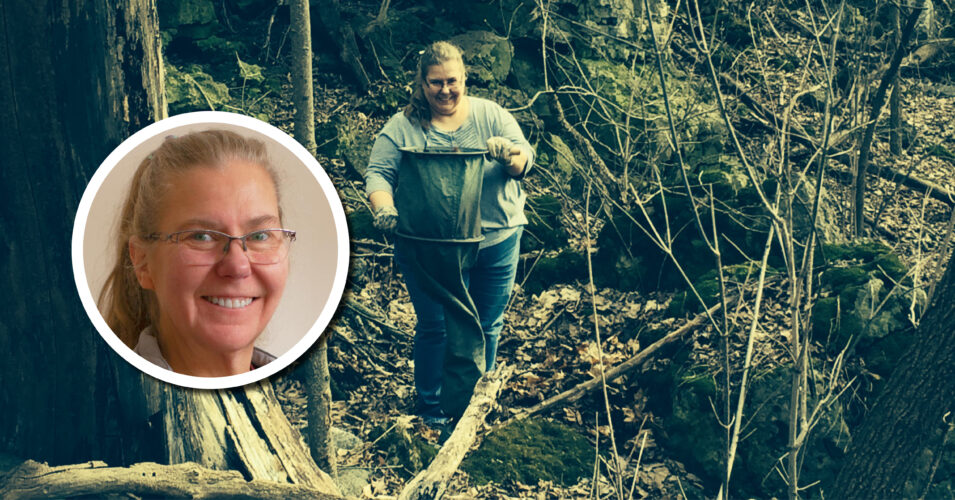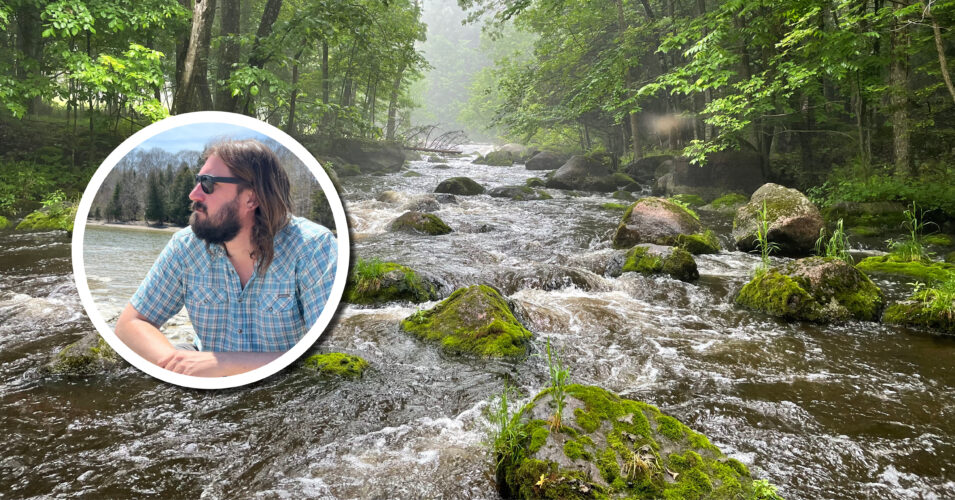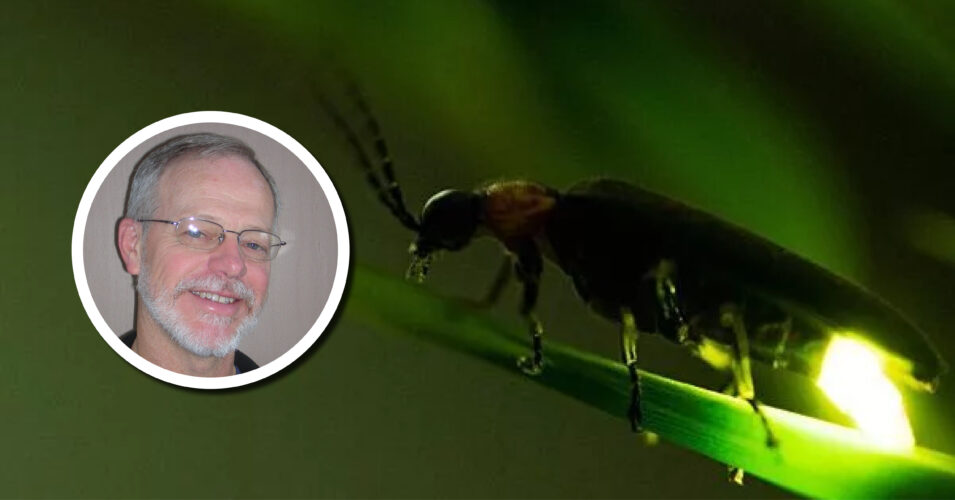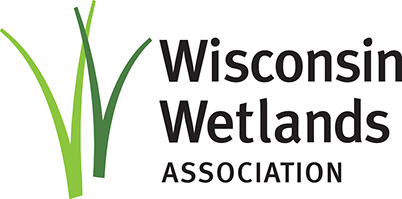


Wetland Coffee Break: Introduction to wetland sedges (Carex)
This introductory talk focuses on basic Carex ecology, morphology, and common terminology, and will be useful for anyone looking to expand their understanding and use of identification guides and keys.

Wetland Coffee Break: Wetland Insects
Entomologist Ann Marsh will explore the process of collecting, storing, and cataloging insect specimens, and examine the types of insects that inhabit wetlands in Wisconsin and discuss their unique life cycles.

Wetland Coffee Break: How do beavers impact water?
Conservation Biologist Cortney Dean takes a look at the data, challenges, and unexpected findings of beaver-water research in northwestern Wisconsin.

Wetland Coffee Break: Hydrology and Hydraulics 101
The hydrology and hydraulics of the watershed and waterways that we work in are key drivers to understanding wetlands and developing preservation and restoration approaches.

Wetland Coffee Break: Taxonomy, natural history, and conservation of Wisconsin fireflies
Tune in to learn about one of our favorite signs of summer—fireflies!
